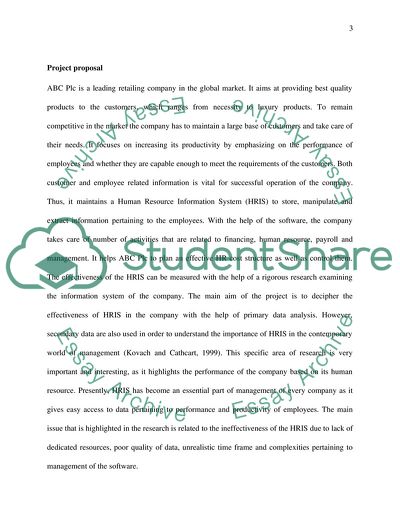Cite this document
(Using Information in Human Resources Assignment, n.d.)
Using Information in Human Resources Assignment. https://studentshare.org/human-resources/1839790-using-information-in-human-resources
Using Information in Human Resources Assignment. https://studentshare.org/human-resources/1839790-using-information-in-human-resources
(Using Information in Human Resources Assignment)
Using Information in Human Resources Assignment. https://studentshare.org/human-resources/1839790-using-information-in-human-resources.
Using Information in Human Resources Assignment. https://studentshare.org/human-resources/1839790-using-information-in-human-resources.
“Using Information in Human Resources Assignment”. https://studentshare.org/human-resources/1839790-using-information-in-human-resources.


